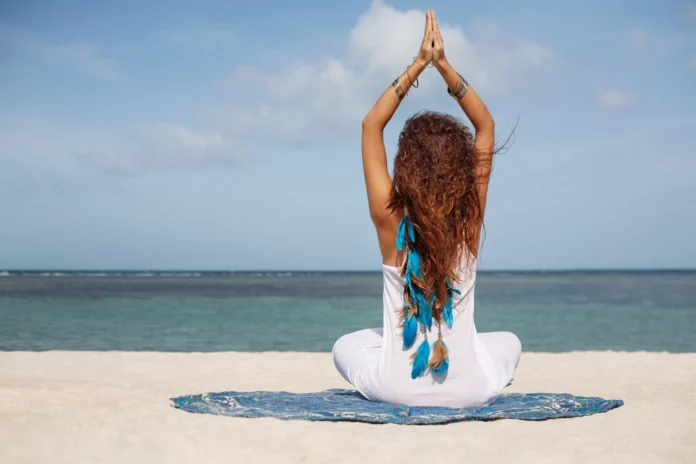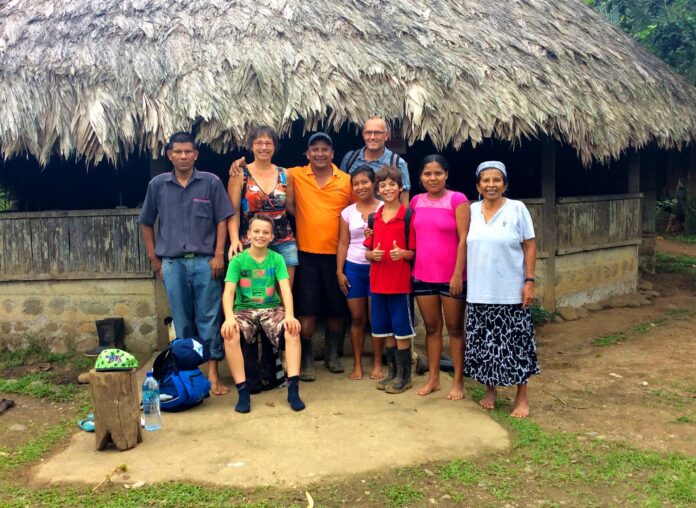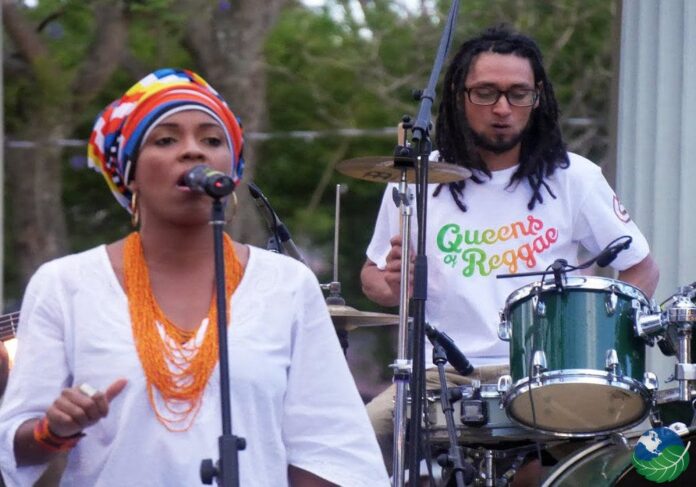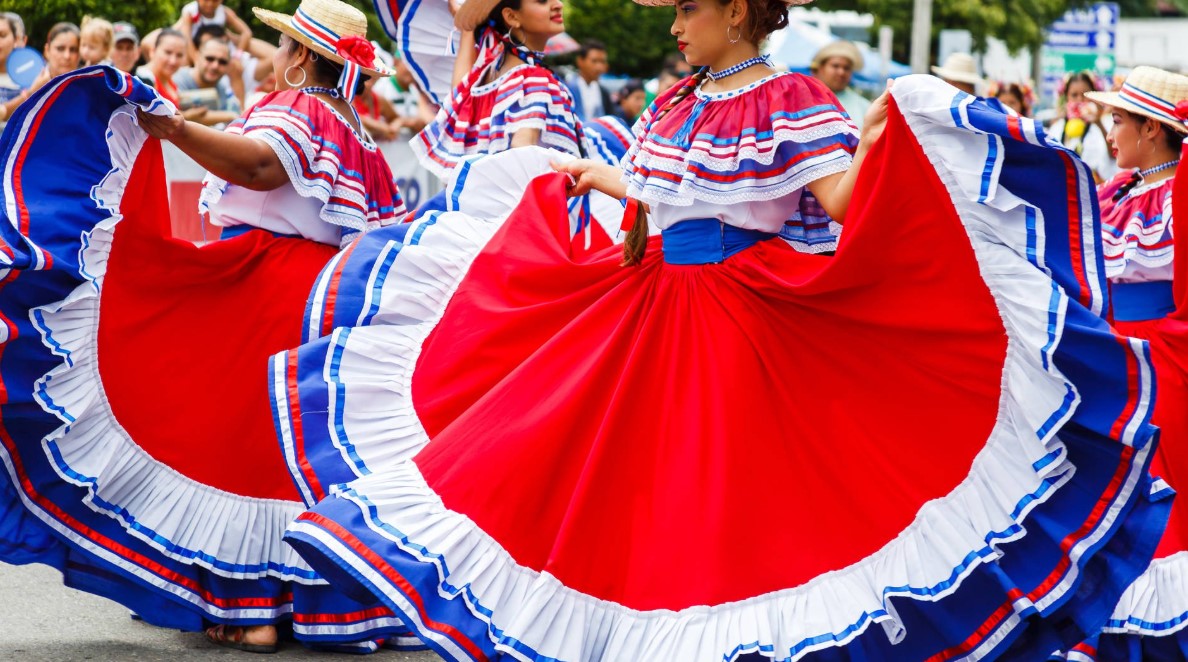Travelers often head to Costa Rica for beaches, volcanoes, and wildlife, but what truly brings the country alive are its cultural traditions. Ceremonies and festivals here aren’t staged for tourists; they are genuine reflections of community life.
From Catholic pilgrimages to indigenous dances and Caribbean carnivals, each experience offers a window into the values and history that shape daily life.
Religious Festivities at the Heart of Community Life
Religion is deeply woven into Costa Rican society. Perhaps the most striking example is the Romería pilgrimage to Cartago in early August. Thousands walk miles from across the country to the Basílica de Nuestra Señora de los Ángeles, often barefoot, to honor the patron saint.
While the Romería is the most famous, each town has its fiesta patronal, honoring its own patron saint. These are more than church events – they spill into the streets with processions, bull riding, marimba music, fireworks, and traditional dances.
Attending one of these fiestas means stepping into the community’s rhythm. You’re not just a bystander but a welcomed guest, invited to share food, dance, and laughter alongside locals.
Retreats and Spiritual Journeys
Beyond Catholic traditions, Costa Rica has become a global hub for spiritual retreats. Many of these draw on indigenous practices and focus on healing and self-reflection.
One example is New Life Rising, which offers guided retreats rooted in tradition and designed to create a safe, supportive environment. Experiences here are intimate, grounded in respect for ceremony, and centered on personal growth.
For travelers, retreats like this represent a quieter, more contemplative way to connect with Costa Rica, in contrast to the large public festivals.

Indigenous Heritage and Living Traditions
Indigenous groups such as the Bribri, Cabécar, and Boruca keep their customs alive, often opening them to visitors on their own terms. The most famous is the Danza de los Diablitos performed by the Boruca every December and January.
This ceremony uses carved masks and storytelling dances to reenact indigenous resistance against colonial forces. The result is both a performance and a powerful statement of cultural survival.
- The masks themselves are works of art: brightly painted, hand-carved, and available for purchase directly from artisans.
- The ritual lasts several days, with dancers symbolizing spirits and warriors, while the community gathers around with food and music.
- For travelers, this is a chance to see history kept alive, not in museums, but in living practice.
Approaching these traditions respectfully – ideally through community-led tours – ensures that participation supports rather than disrupts cultural preservation.
Celebrations of the Harvest and Rural Life
Costa Rica’s festivals also reflect its agricultural backbone. Coffee harvests, for instance, are marked with colorful processions featuring ox carts adorned with flowers and paint, symbols of the country’s rural heritage.
In Guanacaste, the culture leans heavily toward cattle ranching. Here, topes (horse parades), rodeos, and fairs dominate. If you find yourself in Santa Cruz or Liberia during these events, expect to see:
- Riders in traditional cowboy attire parading through town.
- Folk dances performed in plazas, often accompanied by marimba music.
- Street vendors serving tamales, chorreadas (corn pancakes), and chilled refrescos.
It’s a reminder that in Costa Rica, work and celebration often go hand in hand, with festivals reinforcing the link between land, labor, and community.

National Celebrations That Bring Everyone Together
Two dates stand out for their countrywide reach.
Independence Day on September 15 fills towns and cities with torch relays, parades of schoolchildren, and the sound of marching bands. Even small villages get involved, making it a particularly rewarding day for travelers to experience local pride.
Meanwhile, the Feast of the Virgin of Los Ángeles, while centered in Cartago, resonates across Costa Rica. Pilgrims walk long distances, families gather in prayer, and communities organize food stands and music around the religious core of the celebration.
For visitors, these holidays offer not just spectacle but participation in the country’s sense of unity. Just remember: accommodations fill quickly, so booking ahead is essential.
Afro-Caribbean Energy on the Coast
The Caribbean region, especially Limón, celebrates a very different set of traditions shaped by Afro-Caribbean heritage. The highlight is Carnaval de Limón in October.
Unlike the solemn Catholic processions, Limón’s Carnival bursts with color, drums, and movement. Costumes glitter, dancers fill the streets, and the music – calypso, reggae, and salsa – keeps energy high.
Travelers drawn to vibrancy will find this festival one of Costa Rica’s most unforgettable cultural experiences. It also shines a light on the cultural diversity that makes the nation so unique.

How to Experience Traditions Respectfully
Travelers are often welcomed into these traditions, but participation should be thoughtful. A few guiding principles make all the difference:
- Check the timing: Festivals are seasonal. Looking up local calendars or asking locals can help you plan.
- Dress appropriately: For religious events, modest attire is appreciated even if others are dressed casually.
- Engage with locals: Buying food from stalls, learning a few dance steps, or asking about the story behind a ceremony often opens doors.
- Follow local cues: In some settings, photography or direct participation may be discouraged. Watching quietly can be the respectful choice.
These small gestures not only enhance your experience but also strengthen the cultural exchange between visitor and host.
Why Traditions Enrich Travel in Costa Rica
Costa Rica’s natural beauty is often the main draw, but the cultural layer adds depth to any journey. Attending a fiesta patronal in a small town, witnessing an indigenous ritual, or joining the rhythm of Limón’s Carnival allows travelers to see Costa Rica through the eyes of its people.
These traditions reveal what Costa Ricans value: community, spirituality, and respect for heritage. For travelers, engaging with them creates stories and memories that go far beyond the standard itinerary of beaches and volcanoes.







